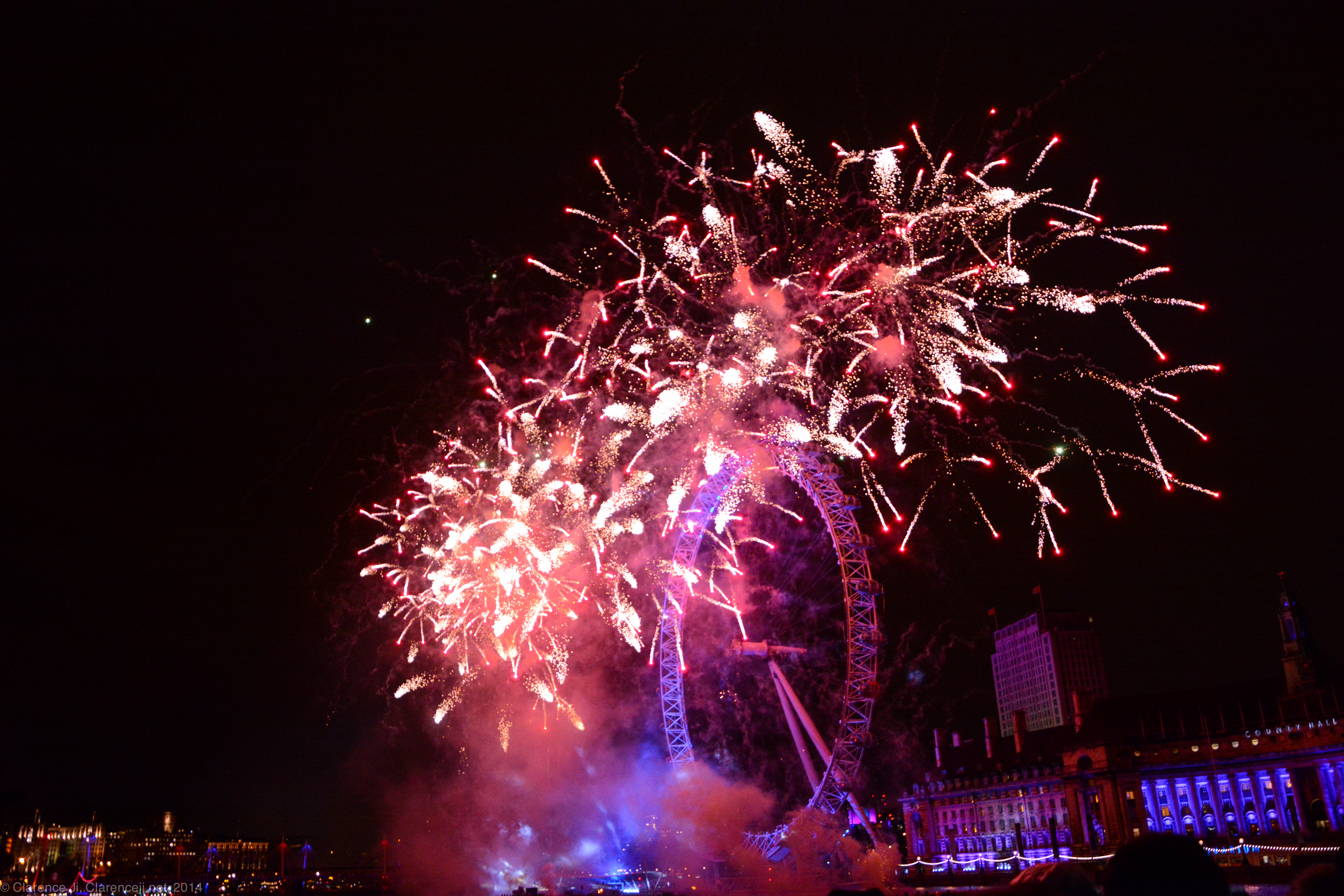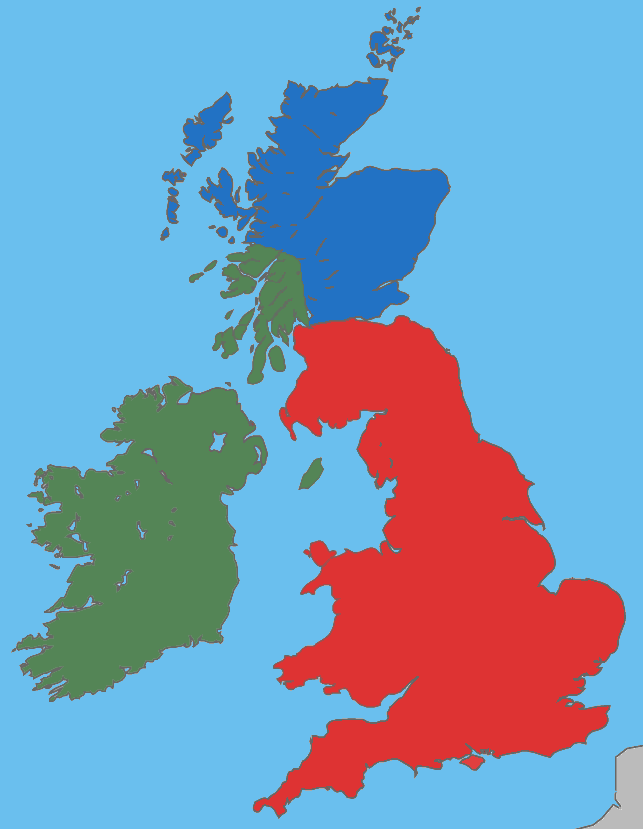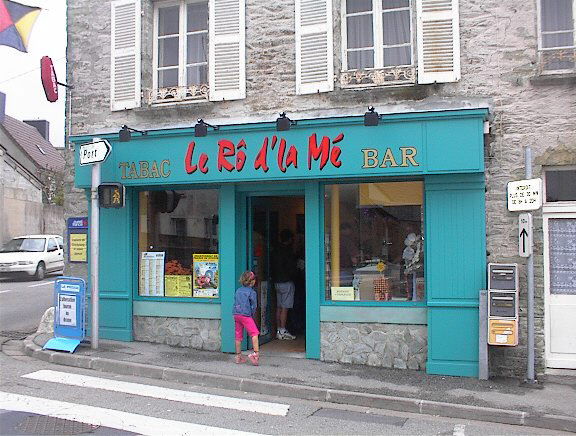|
Hogmanay
Hogmanay ( , ) is the Scots language, Scots word for the last day of the old year and is synonymous with the celebration of the New Year in the Scottish manner. It is normally followed by further celebration on the morning of New Year's Day (1 January) and, in some cases, 2 January—a Bank holidays in Scotland, Scottish bank holiday. In a few contexts, the word Hogmanay is used more loosely to describe the entire period consisting of the last few days of the old year and the first few days of the new year. For instance, not all events held under the banner of Edinburgh's Hogmanay take place on 31 December. Customs vary throughout Scotland and usually include gift-giving and visiting the homes of friends and neighbours, with particular attention given to the first-foot, the first guest of the new year. Etymology The etymology of the word is obscure. The earliest proposed etymology comes from the 1693 ''Scotch Presbyterian Eloquence'', which held that the term was a corruption ... [...More Info...] [...Related Items...] OR: [Wikipedia] [Google] [Baidu] |
Edinburgh's Hogmanay
Edinburgh's Hogmanay is the celebration and observance of Hogmanay—the Scottish celebration of the New Year—held in the capital city of Scotland, Edinburgh. The fireworks display at Edinburgh Castle are broadcast on television in Scotland, such as ''BBC Scotland's Hogmanay'', as well as Hogmanay celebration broadcasts by STV (TV channel), STV. History The annual Hogmanay celebration was originally an informal street party focused on the Tron Kirk in the High Street of the Old Town, Edinburgh, Old Town. Since 1993, it has been officially organised with the focus moved to Princes Street. In 1996, over 300,000 people attended, leading to ticketing of the main street party in later years up to a limit of 100,000 tickets. In 2003–2004, most of the organised events were cancelled at short notice due to very high winds. Similarly, the 2006–2007 celebrations in Edinburgh were cancelled on the day, again due to high winds and heavy rain. Due to the COVID-19 pandemic in Scotlan ... [...More Info...] [...Related Items...] OR: [Wikipedia] [Google] [Baidu] |
New Year's Eve
In the Gregorian calendar, New Year's Eve refers to the evening, or commonly the entire day, of the last day of the year, 31 December, also known as Old Year's Day. In many countries, New Year's Eve is celebrated with dancing, eating, drinking, and watching or lighting fireworks. Many Christians attend a watchnight service to mark the occasion. New Year's Eve celebrations generally continue into New Year's Day, January 1, 1 January, past midnight. The local time zone determines the advent of the New Year; the first places to welcome the New Year are west of the International Date Line: the Line Islands (part of Kiribati), Samoa and Tonga, in the Pacific Ocean. In contrast, American Samoa, Baker Island and Howland Island (part of the United States Minor Outlying Islands) are among the last. By region Africa Algeria In Algeria, New Year's Eve is usually celebrated with family and friends. In the largest cities, there are fireworks at midnight. The Martyrs' Memorial, Algiers, Ma ... [...More Info...] [...Related Items...] OR: [Wikipedia] [Google] [Baidu] |
First-foot
In Scottish, Northern English, and Manx folklore, the first-foot (, ) is the first person to enter the home of a household on New Year's Day and is seen as a bringer of good fortune for the coming year. Similar practices are also found in Greek, Vietnamese, and Georgian new year traditions. Origin The origins of first-footing are uncertain, although there may be a connection to the Viking Invasion of the British Isles: "This may go back to the time of Vikings when the arrival of a blond stranger at your door would be the cause of fear and alarm." Many customs of first-footing (bringing coal, knocking on doors, group singing Auld Lang Syne to pass from the old to the new) parallel those of Samhain, the Celtic celebration marking the end of the harvest season, in which people recited verses door-to-door in exchange for food, and lit ritual bonfires. Britain North of England The tradition of first-footing varies from place to place in the North of England. Generally, a ... [...More Info...] [...Related Items...] OR: [Wikipedia] [Google] [Baidu] |
New Year's Day
In the Gregorian calendar, New Year's Day is the first day of the calendar year, January 1, 1 January. Most solar calendars, such as the Gregorian and Julian calendars, begin the year regularly at or near the December solstice, northern winter solstice. In contrast, cultures and religions that observe a lunisolar or lunar calendar celebrate their Lunar New Year at varying points relative to the solar year. In pre-Christian Rome, under the Julian calendar, the day was dedicated to Janus, god of gateways and beginnings, for whom January is also named. From Roman times until the mid-18th century, the new year was celebrated at various stages and in various parts of Christian Europe on 25 December, on 1 March, on 25 March and on the Date of Easter, movable feast of Easter. In the present day, with most countries now using the Gregorian calendar as their civil calendar, 1 January according to Gregorian calendar is among the most celebrated of public holidays in the w ... [...More Info...] [...Related Items...] OR: [Wikipedia] [Google] [Baidu] |
Watchnight Service
A watchnight service (also called Watchnight Mass) is a late-night Christian church service. In many different Christian traditions, such as those of Moravians, Methodists, Catholics, Lutherans, Anglicans, Baptists, Adventists and Reformed Christians, watchnight services are held late on New Year's Eve, which is the seventh day of Christmastide. This provides the opportunity for Christians to review the year that has passed and make confession, and then prepare for the year ahead by praying and resolving. The services often include singing, praying, exhorting, preaching, and Holy Communion. Watchnight services can take the form of Watchnight Covenant Renewal Services, Watchnight Vespers services, Watchnight Vigil services, or Watchnight Masses. As Watchnight services bring in the New Year by glorifying God, they are seen by many Christians as being preferable to "drunken revelry" in popular cultural celebrations that are commonplace in some localities. In addition to Christia ... [...More Info...] [...Related Items...] OR: [Wikipedia] [Google] [Baidu] |
Alcoholic Beverages
Drinks containing alcohol are typically divided into three classes—beers, wines, and spirits—with alcohol content typically between 3% and 50%. Drinks with less than 0.5% are sometimes considered non-alcoholic. Many societies have a distinct drinking culture, where alcoholic drinks are integrated into parties. Most countries have laws regulating the production, sale, and consumption of alcoholic beverages. Some regulations require the labeling of the percentage alcohol content (as ABV or proof) and the use of a warning label. Some countries ban the consumption of alcoholic drinks, but they are legal in most parts of the world. The temperance movement advocates against the consumption of alcoholic beverages. The global alcoholic drink industry exceeded $1.5 trillion in 2017. Alcohol is one of the most widely used recreational drugs in the world, and about 33% of all humans currently drink alcohol. In 2015, among Americans, 86% of adults had consumed alcohol at som ... [...More Info...] [...Related Items...] OR: [Wikipedia] [Google] [Baidu] |
Goidelic Languages
The Goidelic ( ) or Gaelic languages (; ; ) form one of the two groups of Insular Celtic languages, the other being the Brittonic languages. Goidelic languages historically formed a dialect continuum stretching from Ireland through the Isle of Man to Scotland. There are three modern Goidelic languages: Irish ('), Scottish Gaelic ('), and Manx ('). Manx died out as a first language in the 20th century but has since been revived to some degree. Nomenclature ''Gaelic'', by itself, is sometimes used to refer to Scottish Gaelic, especially in Scotland, and therefore is ambiguous. Irish and Manx are sometimes referred to as Irish Gaelic and Manx Gaelic (as they are Goidelic or Gaelic languages), but the use of the word ''Gaelic'' is unnecessary because the terms Irish and Manx, when used to denote languages, always refer to those languages. This is in contrast to Scottish Gaelic, for which "Gaelic" distinguishes the language from the Germanic language known as Scots. In Englis ... [...More Info...] [...Related Items...] OR: [Wikipedia] [Google] [Baidu] |
Norman Language
Norman or Norman French (, , Guernésiais: , Jèrriais: ) is a ''Langues d'oïl, langue d'oïl'' spoken in the historical region, historical and Cultural area, cultural region of Normandy. The name "Norman French" is sometimes also used to describe the administrative languages of ''Anglo-Norman language, Anglo-Norman'' and ''Law French'' used in England. For the most part, the written forms of Norman and modern French are mutually intelligible. The thirteenth-century philosopher Roger Bacon was the first to distinguish it along with other dialects such as Picard language, Picard and Burgundian language (Oïl), Bourguignon. Today, although it does not enjoy any official status outside of Jersey, some reports of the French Ministry of Culture (France), Ministry of Culture have recognized it as one of the regional languages of France. History When Norsemen, Norse Vikings from modern day Scandinavia arrived in Neustria, in the western part of the then Kingdom of the Franks, and ... [...More Info...] [...Related Items...] OR: [Wikipedia] [Google] [Baidu] |
Oxford English Dictionary
The ''Oxford English Dictionary'' (''OED'') is the principal historical dictionary of the English language, published by Oxford University Press (OUP), a University of Oxford publishing house. The dictionary, which published its first edition in 1884, traces the historical development of the English language, providing a comprehensive resource to scholars and academic researchers, and provides ongoing descriptions of English language usage in its variations around the world. In 1857, work first began on the dictionary, though the first edition was not published until 1884. It began to be published in unbound Serial (literature), fascicles as work continued on the project, under the name of ''A New English Dictionary on Historical Principles; Founded Mainly on the Materials Collected by The Philological Society''. In 1895, the title ''The Oxford English Dictionary'' was first used unofficially on the covers of the series, and in 1928 the full dictionary was republished in 10 b ... [...More Info...] [...Related Items...] OR: [Wikipedia] [Google] [Baidu] |
John Gregorson Campbell
John Gregorson Campbell (1836 – 22 November 1891) was a Scottish folklorist and Free Church minister at the Tiree and Coll parishes in Argyll, Scotland. An avid collector of traditional stories, he became Secretary to the Ossianic Society of Glasgow University in the mid-1850s. Ill health had prevented him taking up employment as a Minister when he was initially approved to preach by the Presbytery of Glasgow in 1858 and later after he was appointed to Tiree by the Duke of Argyll in 1861, parishioners objected to his manner of preaching. Several of the anecdotes he amassed were published in magazines and, just before his death, work began on collating the first of four compendiums of the tales; three were published a few years after his death. He was fluent in several languages, including Scottish Gaelic, and transcribed the legends precisely as dictated by the narrators. Early life and education John Gregorson Campbell was born near Loch Linnhe at Kingairloch, Argyl ... [...More Info...] [...Related Items...] OR: [Wikipedia] [Google] [Baidu] |
Middle French
Middle French () is a historical division of the French language that covers the period from the mid-14th to the early 17th centuries. It is a period of transition during which: * the French language became clearly distinguished from the other competing Oïl languages, which are sometimes subsumed within the concept of Old French () * the French language was imposed as the official language of the Kingdom of France in place of Latin and other Oïl and Occitan languages * the literary development of French prepared the vocabulary and grammar for the Classical French () spoken in the 17th and 18th centuries. It is the first version of French that is largely mutual intelligibility, intelligible to Modern French, contrary to Old French. History The most important change found in Middle French is the complete disappearance of the noun declension system, which had been underway for centuries. There was no longer a distinction between nominative and oblique case, oblique forms of nou ... [...More Info...] [...Related Items...] OR: [Wikipedia] [Google] [Baidu] |
Middle Scots
Middle Scots was the Anglic language of Lowland Scotland in the period from 1450 to 1700. By the end of the 15th century, its phonology, orthography, accidence, syntax and vocabulary had diverged markedly from Early Scots, which was virtually indistinguishable from early Northumbrian Middle English. Subsequently, the orthography of Middle Scots differed from that of the emerging Early Modern English standard that was being used in England. Middle Scots was fairly uniform throughout its many texts, albeit with some variation due to the use of Romance forms in translations from Latin or French, turns of phrases and grammar in recensions of southern texts influenced by southern forms, misunderstandings and mistakes made by foreign printers. History The now established Stewart identification with the lowland language had finally secured the division of Scotland into two parts, the Gaelic Highlands and the Anglic Lowlands. The adherence of many Highlanders to the Catholi ... [...More Info...] [...Related Items...] OR: [Wikipedia] [Google] [Baidu] |






